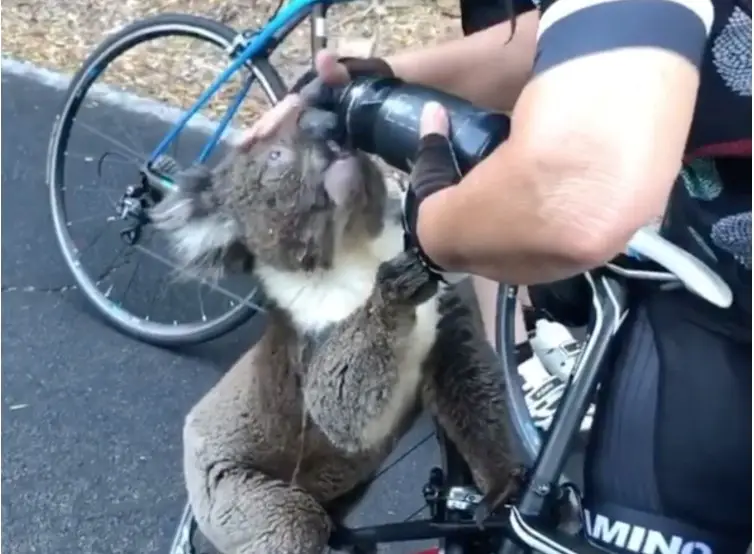Albinism
Almost all of us have heard about albino animals and those who had the chance to see one know how amazing they are. Albino is a person or animal that has a congenital absence of skin and hair pigmentation. Due to this lack of pigmentation, their skin and hair are usually white and their eyes are pink. Albinism is a rare mutation of the genes that is the reason for losing skin pigments. If an albino animal also has fur, it will be white too.
But, did you know that there are fully black animals? These animals are called melanistic and they are truly unique.
Melanism
Melanism is another genetic mutation that happens in the same way albinism does, but with different genes. In melanistic animals, some specific genes are mutated and cause darker pigmentation of the skin and hair. That is why these animals appear black instead of their natural color. Different kinds of animals have this mutation, but it is more typical to occur in panthers. Though it may seem strange, panthers are melanistic jaguars. They are the same species just with a gene mutation.
Pseudo-melanism
Pseudo-melanism, also called abundism, is another type of pigmentation that causes animals to look darker with very big dark spots or stripes. These spots and stripes are much larger than those who have jaguars and zebras giving the impression of being melanistic. In reality, these animals are not melanistic. They have pigmented tumors that can be malignant. This morbid deposition of the black matter is called melanosis and it represents the extreme production of melanin in the skin. It makes the animal appear much darker, even though it is not fully black.
Melanism when passes down through generations is called adaptive melanism as a part of evolution. For example, while hunting, melanistic panthers can easily hide at night in the jungle.
Other types of pigmentation
In the wilderness, there are other varieties of pigmentation as well. They include erythrism, xanthism, and axanthism. Erythrism is a condition of extra red pigmentation. Xanthism is yellow pigmentation and axanthism is a lack of yellow pigmentation. Due to axanthism, some frogs are blue in color instead of green.








